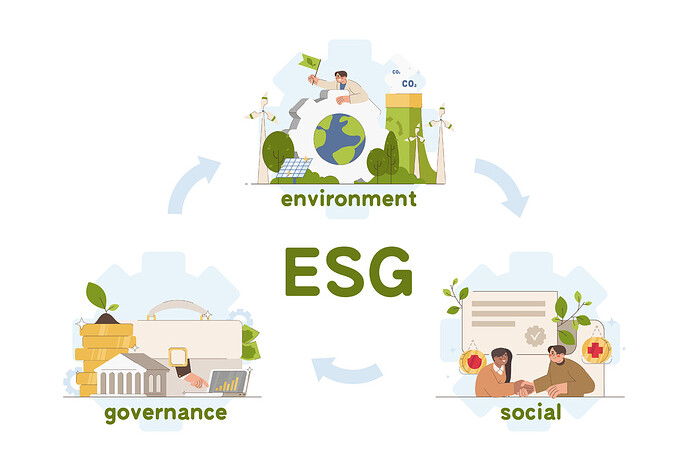The proliferation of RTLS technology necessitates a focus on sustainable practices, particularly regarding energy consumption. Addressing energy efficiency not only extends the operational lifespan of devices but also reduces costs associated with energy use and battery replacements.
Hardware Optimizations
The deployment of energy-efficient RTLS solutions begins with the selection of low-power components. Utilizing energy-efficient processors and sensors, such as those based on Bluetooth Low Energy (BLE) technology, can drastically reduce power consumption. In addition, implementing communication protocols specifically designed for low energy usage facilitates long-range communication without excessive energy demands.
Adopting strategies like duty cycling and sleep modes allows devices to conserve energy by entering low-power states when not in use. Furthermore, adaptive power management techniques can dynamically adjust power usage according to the operational state of the device, enhancing overall energy efficiency.
Incorporating energy-harvesting technologies, such as solar panels or kinetic energy converters, provides sustainable power options that reduce dependence on conventional energy sources. Moreover, optimizing antenna design for specific operational frequencies can enhance communication range while minimizing energy requirements.
Software Optimizations
On the software front, employing data compression techniques reduces the volume of data transmitted, thereby decreasing energy demands associated with communication. Integrating an event-driven architecture allows for processing data based on specific events rather than continuous polling, further optimizing energy consumption.
Additionally, the use of efficient algorithms for location estimation can mitigate computational loads, and the implementation of edge computing enables data processing closer to the source, minimizing energy expenditure associated with data transmission. Optimizing network topology minimizes conflicts and optimizes communication pathways, thereby reducing overall energy consumption. Implementing dynamic frequency selection allows devices to adapt to less congested frequencies, minimizing interference and energy use.
System Design Strategies
An effective RTLS solution also requires a system design that prioritizes user needs, thereby reducing unnecessary energy consumption based on real-world usage patterns. Developing scalable architectures enables efficient management of an increasing number of devices, which is essential for large-scale applications.
Incorporating advanced analytics facilitates predictive maintenance, allowing for timely intervention and reducing energy waste associated with malfunctioning devices. Furthermore, leveraging existing infrastructure can enhance energy efficiency by utilizing shared resources. Lastly, rigorous testing and iterative design processes are crucial for identifying inefficiencies, enabling continuous improvement in both hardware and software designs.
By systematically implementing these hardware and software optimizations, it is possible to create energy-efficient RTLS solutions that do not sacrifice performance for sustainability. The integration of these strategies is essential for advancing the deployment of RTLS technologies in a manner that is both environmentally responsible and economically viable.
